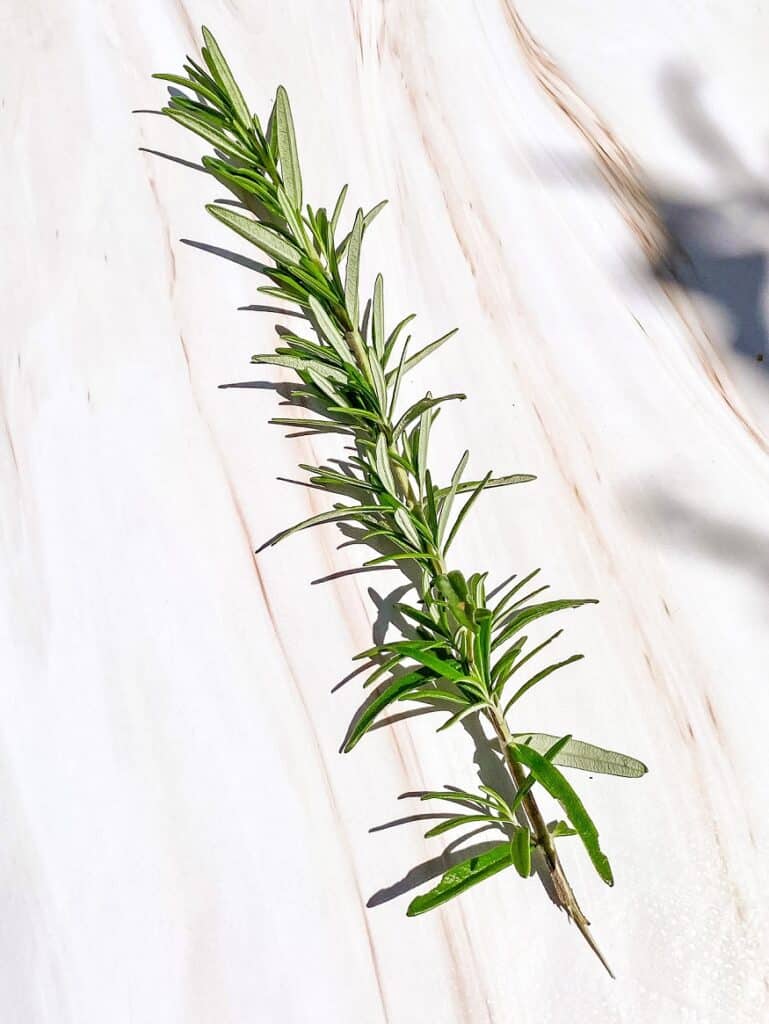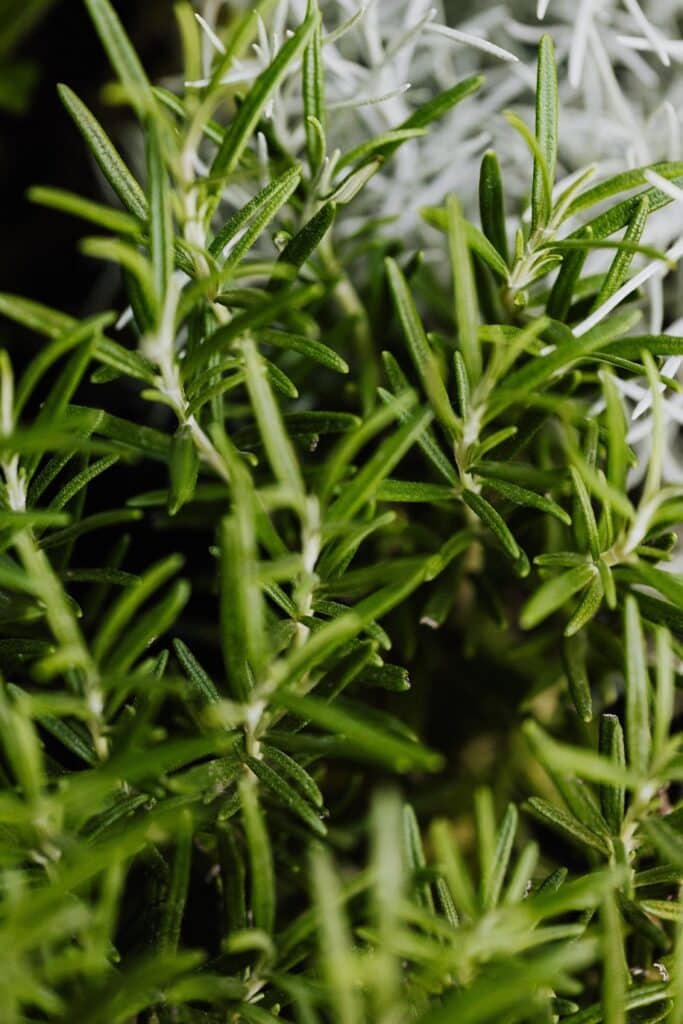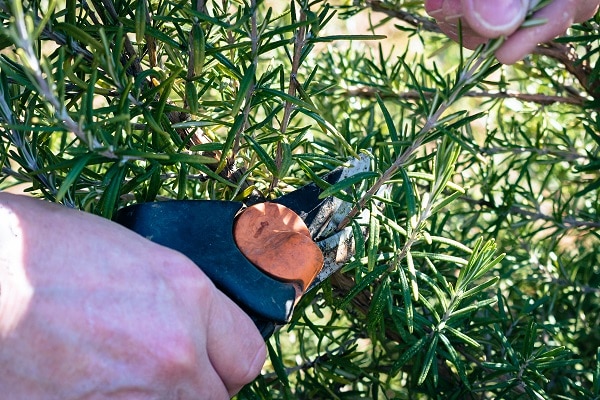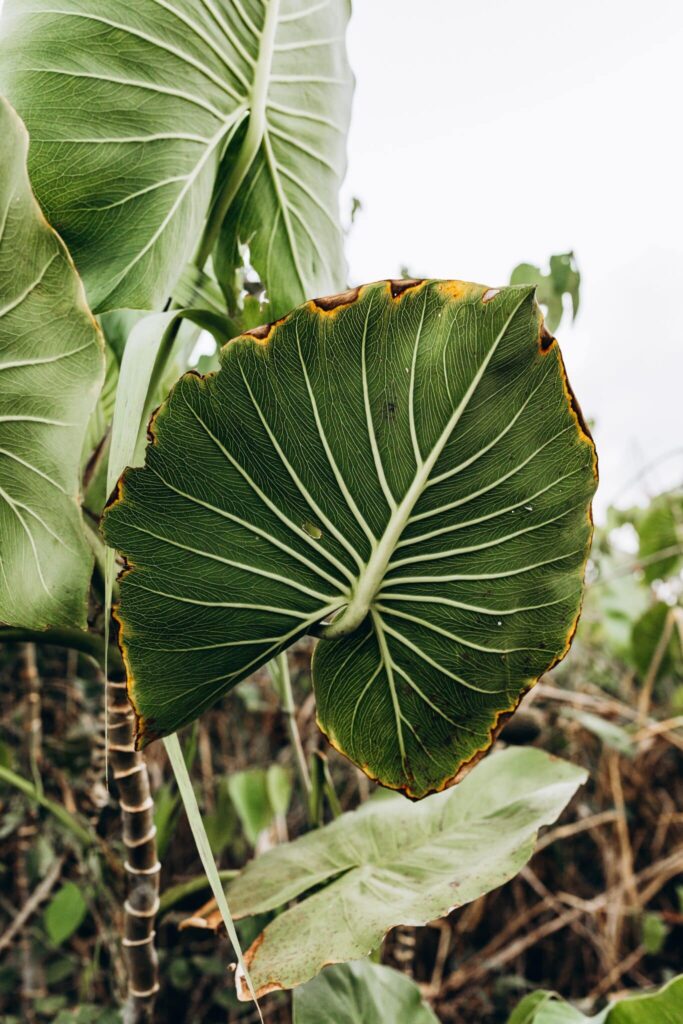Discover the reasons behind rosemary leaves turning brown and learn effective tips for preventing and remedying this issue. Explore potential causes such as overwatering, poor drainage, pests, or environmental stress, and gain insights into proper care practices to keep your rosemary plant healthy and vibrant.
Have you noticed that your rosemary plant is not looking as vibrant as it used to be? If you have been wondering why the leaves of your precious rosemary are turning brown, you’re not alone. This article will explore the possible reasons behind this phenomenon and provide you with some simple tips to help restore your rosemary’s health and beauty. Whether you are a seasoned gardener or just starting out, understanding the cause of brown rosemary leaves is essential to ensure your plant thrives. So, let’s get to the root of the issue and bring back the greenery to your herb garden.

Understanding the Basics of Rosemary Plant
An overview of Rosemary plant
Rosemary (Rosmarinus officinalis) is a fragrant and versatile herb that is commonly used in culinary dishes and traditional medicine. It is a woody perennial plant that belongs to the mint family, Lamiaceae. Rosemary is native to the Mediterranean region and is known for its distinct aroma and needle-like leaves.
Ideal growth conditions for Rosemary Plants
Rosemary plants thrive in warm and sunny environments. They require at least six hours of direct sunlight daily to grow and develop properly. When it comes to soil, rosemary prefers well-draining soil with a pH range of 6 to 7.5. It can tolerate drought conditions, but it’s also essential to provide adequate water to the plant. Proper care and attention to these growth conditions will ensure a healthy and vibrant rosemary plant.
Common Signs of Struggling Rosemary Plant
Signs of a Healthy Rosemary
A healthy rosemary plant will have vibrant green leaves and sturdy branches. The leaves should be aromatic and show no signs of discoloration or wilting. The plant will also have a compact and full appearance, with no gaps or bare spots along the stems.
Recognizing Symptoms of Distressed Rosemary
When a rosemary plant is struggling, it will exhibit various signs of distress. One of the most common symptoms is browning leaves. Brown leaves may be an indication of several issues, such as underwatering, overwatering, poor soil quality, inadequate light exposure, or the presence of pests. It’s crucial to identify the specific cause of the browning to effectively address the problem and nurse the plant back to health.
Possible Causes of Browning Rosemary Leaves
Underwatering or Overwatering
Rosemary plants are sensitive to both underwatering and overwatering. Underwatering can cause the leaves to turn brown and dry up, while overwatering can lead to root rot and brown leaf tips. Finding the right balance is key. Regularly check the moisture level in the soil by inserting your finger into the soil up to the second knuckle. If it feels dry, it’s time to water the plant; if it feels moist, hold off on watering until the soil dries out a bit.

Poor Quality Soil
Rosemary plants require well-draining soil to prevent waterlogged roots. If the soil doesn’t drain properly, it can lead to root rot and nutrient deficiencies, ultimately causing the leaves to turn brown. To improve the soil quality, consider adding organic matter such as compost or perlite to increase drainage and provide essential nutrients to the plant.
Excessive or Insufficient Light
Insufficient light can weaken the rosemary plant’s growth, making it more vulnerable to diseases and pests. On the other hand, excessive light exposure can result in sunscald and scorching of the leaves, leading to browning. Find a suitable location for your rosemary plant where it can receive at least six hours of direct sunlight per day, but also provide some protection from intense afternoon sun if necessary.
Diseases that could Cause Browning
Root diseases
Certain root diseases, such as root rot caused by fungi like Phytophthora and Pythium, can affect the health of rosemary plants. These diseases often manifest as browning or yellowing of the leaves, stunted growth, and a general decline in the plant’s vigor. Preventative measures such as well-draining soil and proper watering practices can help minimize the risk of root diseases.
Foliage diseases
Fungal infections, such as powdery mildew and gray mold (Botrytis cinerea), can lead to rosemary leaves turning brown. These diseases often occur in humid environments where air circulation is limited. Regularly inspect the foliage for any signs of discoloration or fungal growth. If detected early, appropriate fungicides can be applied to prevent the further spread of the disease.
Fungal and Bacterial infections
Rosemary plants can also be susceptible to bacterial and fungal infections, such as bacterial blight (Pseudomonas spp.) and fungal leaf spots. These infections can cause browning and wilting of the leaves. To prevent the spread of these diseases, it’s essential to practice good hygiene, such as sanitizing tools and avoiding overhead watering.
Impact of Pests on Rosemary Leaves
Identifying Common Rosemary Pests
Various pests can infest rosemary plants and cause damage to the leaves. Some common pests include aphids, spider mites, whiteflies, and mealybugs. These tiny insects can feed on the plant’s sap, leading to wilting, yellowing, and browning of the leaves. Regularly inspect the leaves and stems for the presence of pests or their characteristic damage.

Effects of Pest on Leaves
Pests can weaken the overall health and vigor of rosemary plants. They often leave behind a sticky residue called honeydew, which can attract ants and promote the growth of sooty mold on the leaves. Infested leaves may curl, turn brown, or drop prematurely. It’s crucial to promptly address pest infestations to prevent further damage and preserve the plant’s health.
Managing Watering Practices
Understanding an Appropriate Watering Schedule
To maintain a healthy rosemary plant, it’s important to establish an appropriate watering schedule. Water the plant deeply, allowing the water to penetrate the root zone. However, avoid overwatering, as it can lead to root rot and browning of the leaves. It’s generally better to underwater than overwater, as rosemary plants are more tolerant of drought conditions.
Effects of Underwatering and Overwatering
Underwatering can cause the leaves to become dry, brittle, and turn brown. The plant may also exhibit wilting and a general decline in vigor. Overwatering, on the other hand, can lead to root rot and nutrient deficiencies, resulting in brown tips and ultimately browning of the leaves. Finding the right balance and monitoring the moisture levels of the soil is crucial for managing watering practices.
Correcting Soil Quality
Choosing the Right Soil
To improve the overall health and vitality of your rosemary plant, it’s essential to choose the right soil. Rosemary prefers a well-draining soil mix that allows excess water to flow away from the roots. A suitable soil mix for rosemary can include a combination of sandy soil, compost, and perlite to ensure proper drainage and provide essential nutrients.
Improving Poor Soil Quality
If you have poor quality soil that retains too much moisture, there are steps you can take to improve it. Adding organic matter, such as compost or well-aged manure, can help improve the soil structure and promote better drainage. Additionally, incorporating perlite or sand into the soil can aid in creating a more porous environment for the roots. Regular soil amendments will gradually improve the quality and fertility of the soil, leading to healthier rosemary plants.
Regulating Light Exposure
Ideal Light Conditions for Rosemary
Rosemary plants thrive in bright and sunny locations. Ideally, they require at least six hours of direct sunlight per day. In areas with intense afternoon sun, it’s advisable to provide some shade during the hottest part of the day to avoid leaf scorching. Adequate light exposure ensures robust growth, vibrant foliage, and better resistance to diseases and pests.

Mitigating Excessive or Insufficient Light
Both excessive and insufficient light can negatively affect the health of rosemary plants. Excessive light exposure can lead to leaf sunburn and rosemary leaves turning brown, especially in hot climates or if the plant is placed near reflective surfaces. If prolonged exposure to intense sunlight is causing leaf browning, consider moving the plant to a slightly shadier location or providing some protection during the hottest hours of the day. Insufficient light, on the other hand, can result in weak and leggy growth. If your rosemary is not receiving enough light, consider supplementing with artificial lighting or relocating the plant to a brighter spot.
Controlling Diseases and Infections
Preventing Diseases and Infections
Prevention is the key to managing diseases and infections in rosemary plants. To minimize the risk, ensure proper watering practices, avoid overhead watering, and provide adequate spacing between plants to facilitate air circulation. Regularly inspect the leaves, stems, and root system for any signs of disease or infection. Remove and destroy any infected plant material to prevent further spread. Maintaining good garden hygiene and using disease-resistant varieties can greatly reduce the likelihood of diseases affecting your rosemary plants.
Treating Affected Plants
If you notice signs of diseases or infections on your rosemary plants, swift action is necessary to prevent further damage. Depending on the specific disease, treatment options may include applying appropriate fungicides or bactericides, pruning infected parts, and improving overall plant health through proper care and maintenance. It’s important to accurately identify the disease or infection to implement the most effective treatment method.
Implementing Pest Management
Natural Pesticides and Predators
When it comes to managing pests on rosemary plants, natural pest control methods can be effective and environmentally friendly. Insecticidal soaps, neem oil, and horticultural oils can all help control certain pests without harming beneficial insects. Encouraging natural predators like ladybugs, lacewings, and predatory mites can also help keep pest populations in check. Regularly inspect the plants for signs of pests and take proactive measures to control infestations.
Chemical Pesticides
In severe pest infestations where natural methods are insufficient, chemical pesticides can be considered as a last resort. However, it’s crucial to choose pesticides specifically labeled for use on rosemary plants and follow the instructions carefully. Apply the pesticide according to the recommended dosage and frequency, while taking care to minimize harm to beneficial insects and strictly adhering to safety guidelines. Chemical pesticides should always be used as a final option and in a responsible manner.

Conclusion
By understanding the basics of rosemary plant care, recognizing signs of distress, and addressing the underlying causes of rosemary leaves turning brown, you can ensure the health and longevity of your rosemary plants. By providing optimal growing conditions, implementing proper watering practices, maintaining soil quality, regulating light exposure, managing diseases and pests, and using appropriate treatment methods, you’ll enjoy thriving and vibrant rosemary plants in your garden or home.




